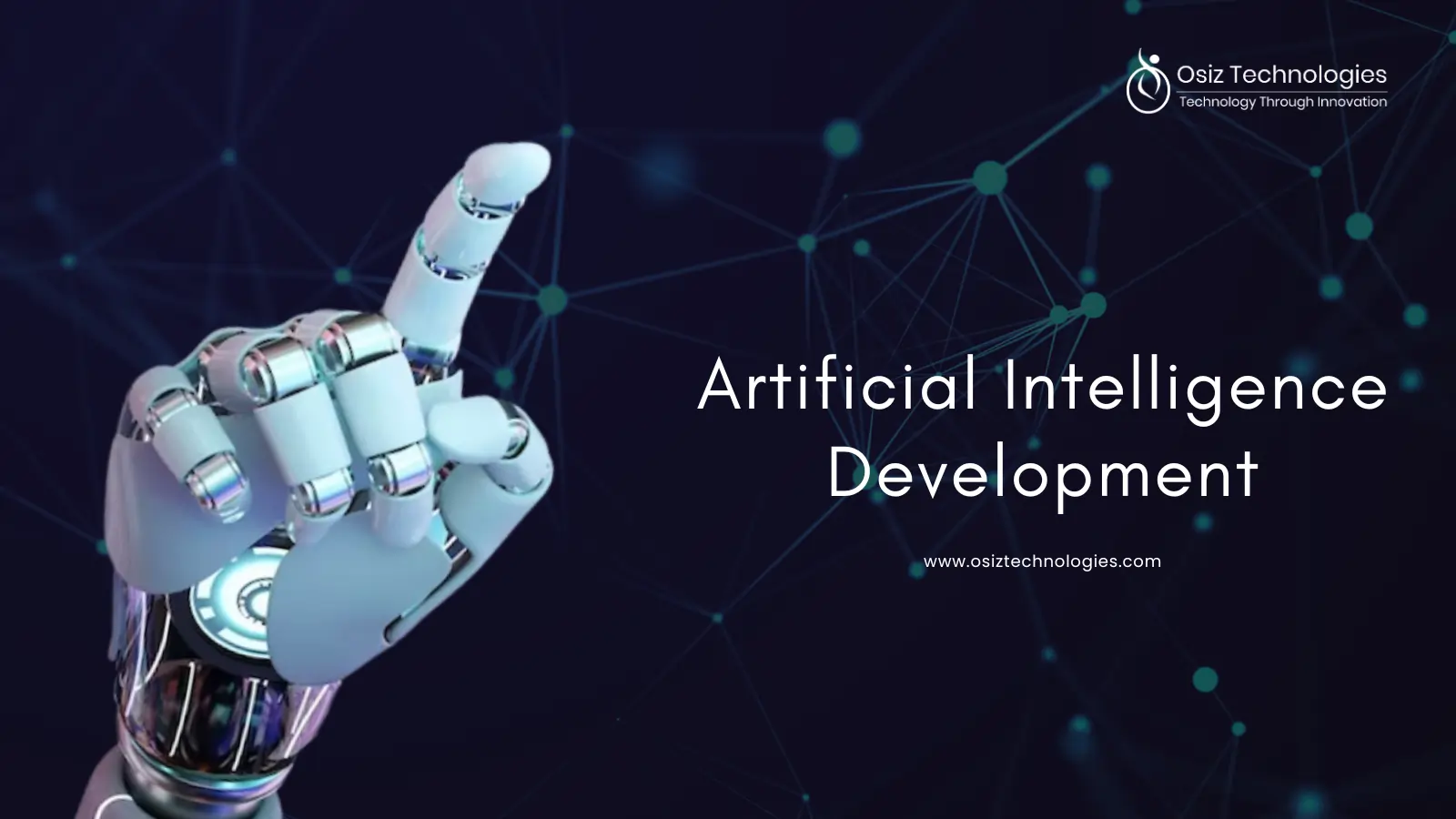Wearable Technologies are flourishing the market in the current world scenario. With its astonishing capability, it can monitor human activities easily with the help of sensors and smartphone gadgets. The benefits of wearable technology are eternal and also can influence several industries like fitness, healthcare, fashion, education, disabilities, media, transportation, gaming, music, tourism, and finance. Due to the necessity for wearables, the urge for developing custom mobile applications for these wearables is also increasing at a rapid rate. Before we getting into this topic, let's discuss wearable technologies and how it works.
What is Wearable Technologies?
Wearable technologies are sensors used to monitor human activities like physiological as well as biochemical conditions on routine life. The generally used data are heart rate, blood pressure, and temperature. With the help of ECG(electrocardiogram) and BCG (ballistocardiogram) able to assess the blood oxygen saturation, and the condition of the patients.
Wearable devices can be combined with shoes, eyeglasses, earrings, clothing, gloves, and watches. Even wearables device is placed on the skin. Small Sensors can be inserted into the atmosphere, like chairs, car seats, and mattresses.
How wearable Device works?
These wearable device data can be collected with the help of apps installed on your smartphones. Smartphones are used to collect and store the user data on the sensor devices. The wearables of two types like healthcare specialists to observe walking patterns, with the accelerometer, multi-angle video recorders, and gyroscopes. other ones are like Fitbit bands on the wrist to collect the data of the steps walked and heart rate checker.
How will Wearables impact the Future of Mobile Apps?
Changing Screen Sizes:
The wearable tech app should be designed as user-friendly by providing real-time information precisely on the dynamic change on the screen size.
Ergonomic User Interface:
The applications being designed for wearables would have user interfaces with highly relevant and fastidious features. The guidance shown in these applications to users would be short, and tabs would be ergonomically gathered for easy access by users.
Lightweight and Fast:
The mobile applications for wearables would be light-weighted so that they can be loaded instantly and counter to the commands rapidly. People fond of wearables as they run smoothly.
Computational Capability:
The upcoming mobile applications for wearable devices would have rapid computational skills due to real-time inputs and the requirement for on the go outputs. A few inputs would be a big data files it needs reckoning via complicated calculations.
Customizable Notifications:
The wearables apps could provide customized solutions like voice memos, single word messages, or colored signals. This may help the user to set their requirements.
Low Energy Usage:
The mobile app for wearables would offer low energy consumption to assure more battery life. It means that people can use the wearables for a long period without getting fright about charging the device.
Seamless Data Transmission:
The mobile app for wearable gadgets would permit quick and stable data transmission between smart devices. It has been observed that wearable app development companies are focusing their maneuvering on Bluetooth and WIFI.
Progressive Interaction Attributes:
The forthcoming mobile app for wearables will be providing communication features like answering voice calls, tapping, and swiping. These extraordinary features will interest a greater number of users to move for wearables.
Biometrics and Semantics:
The advanced mobile apps for wearables would permit the integration of biometrics and semantics-based programming that can help to discover the emotions, track the progress, and sense biopotential.
Real-time communication:
The forthcoming mobile app for wearable devices would give real-time information to all the concerned users and specialists regarding the current state of the user. Real-time communication will enable the business to be supervised and furnish guidance to the staff.
Artificial Intelligence:
The mobile app for wearable devices in the future would use AI to prognosticate the user’s behavior and make modifications in the performance. It helps to enhance wearables user experience.
Augmented Reality:
The future mobile applications for wearables will utilize augmented reality techniques by inventing the human's sense of hearing, feeling, seeing, and smelling. Augmented reality can be combined to amplify voice commands, health-related data, and optimize navigation through maps.
Cloud Data Storage and Security:
The cloud data storage is a primary data center in a mobile app for wearables, where it is a place for storing and assigning the data. Typically, with mobile apps that handle confidential data in a standard open-source environment, an extended security protocol will be significant for users. Access to user data in the cloud and application can be expedited with features like biometric and voice recognition techniques.
Conclusion:
To conclude, the need for wearable devices will lead to the development of more customized and advanced mobile applications. The mobile application that we have been using in mobiles now has been moved to wearables which offer a new larger edge and boost the evolving technology market. Osiz Technologies is a leading mobile app development company that will help you develop the most distinct wearable apps with proper efficiency and pertinent features.
Listen To The Article
Recent Blogs

X-Mas 30%
Offer











